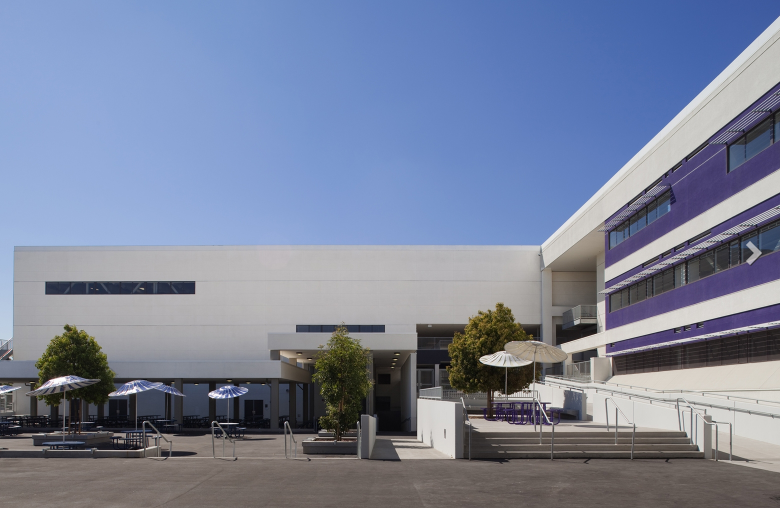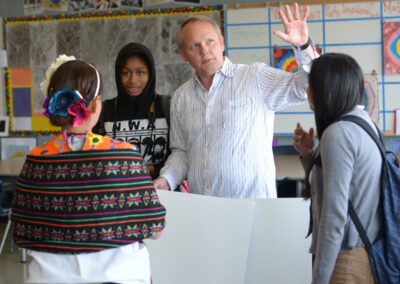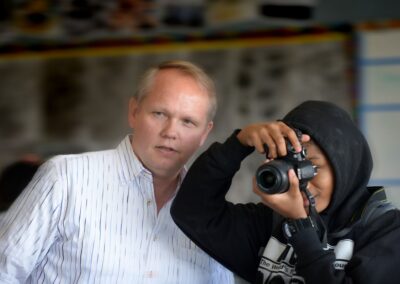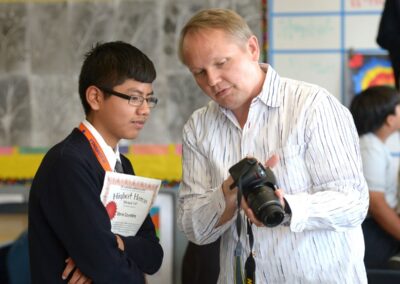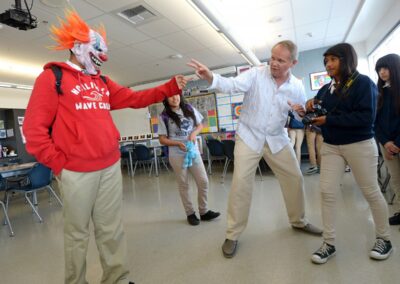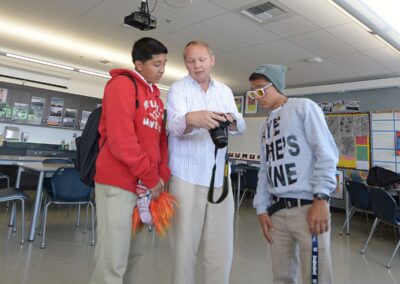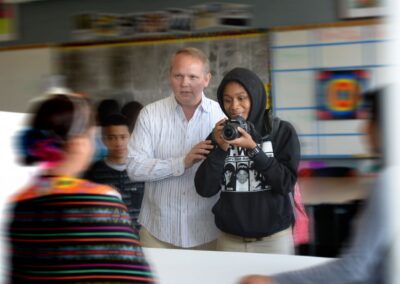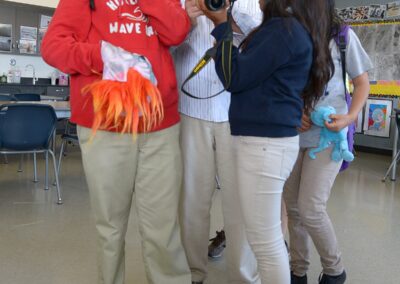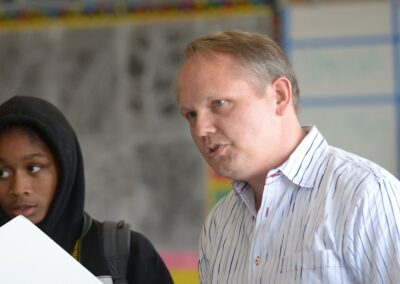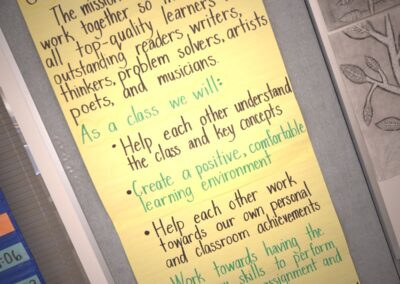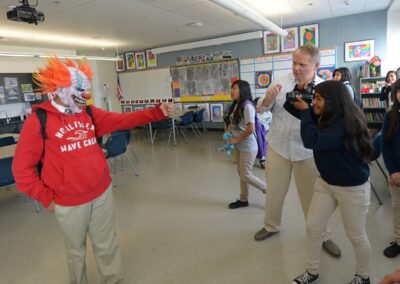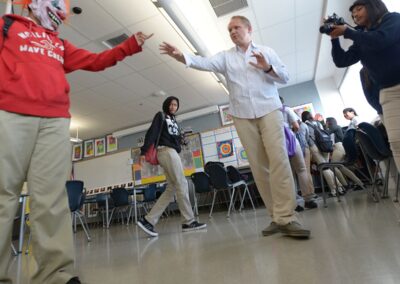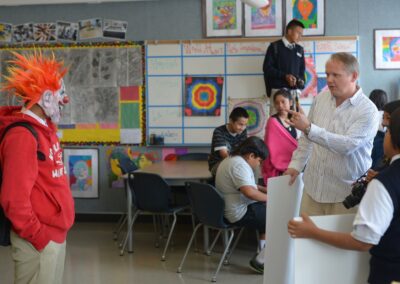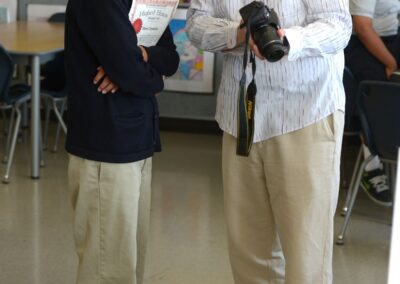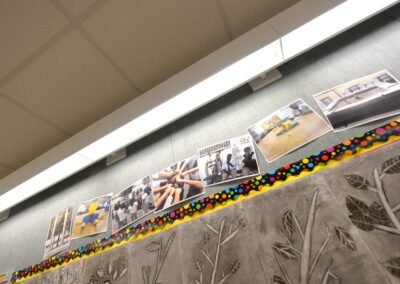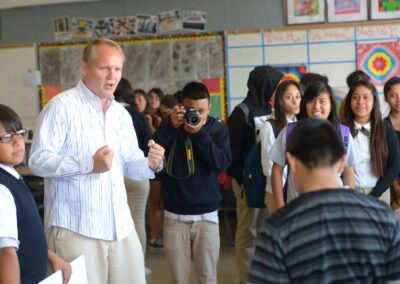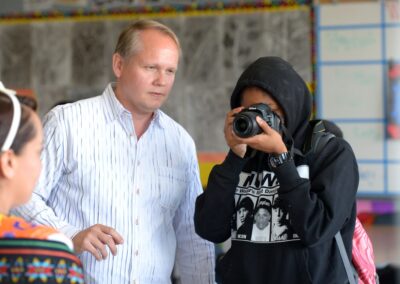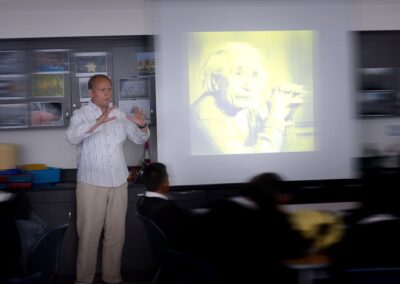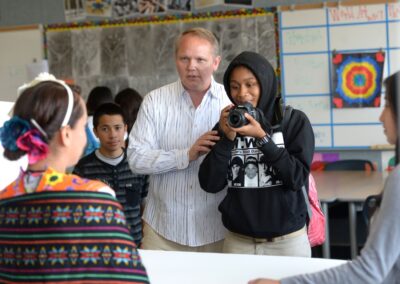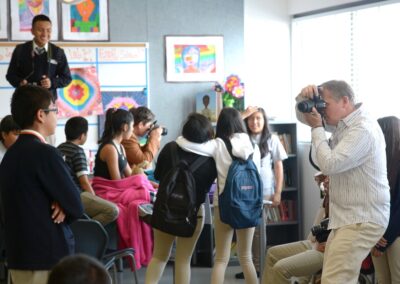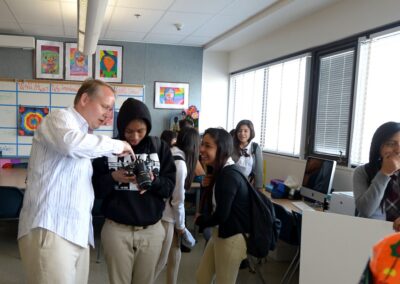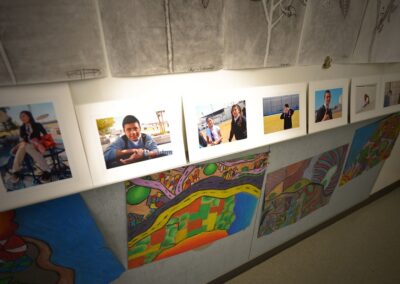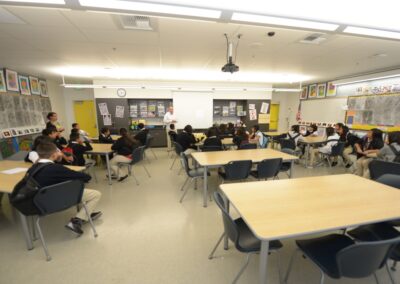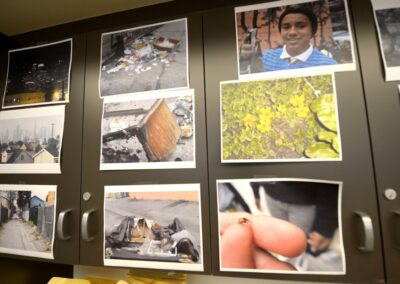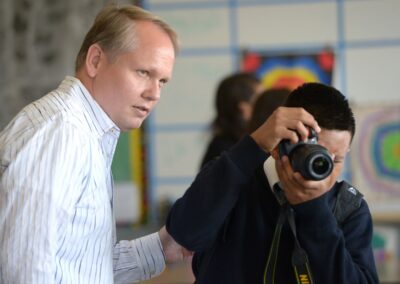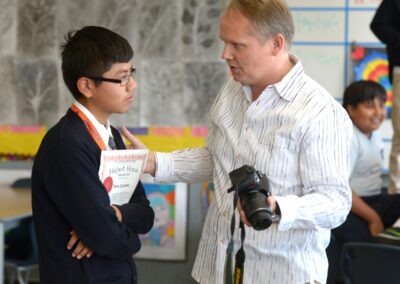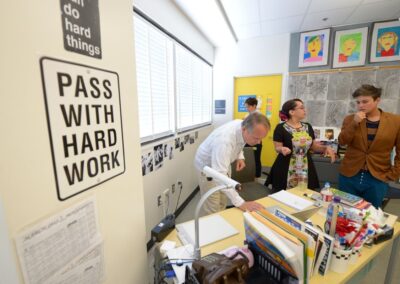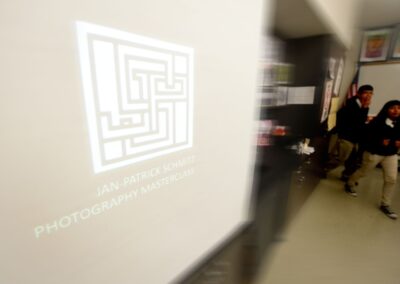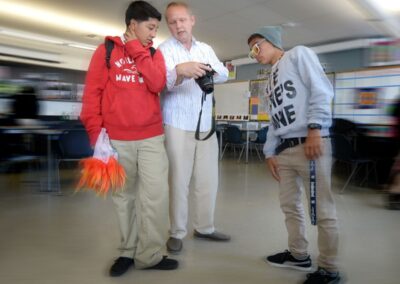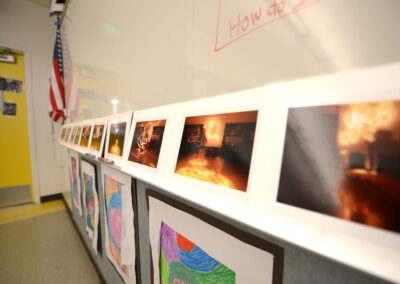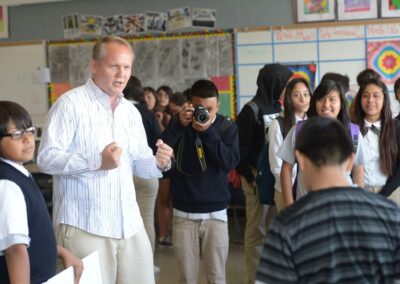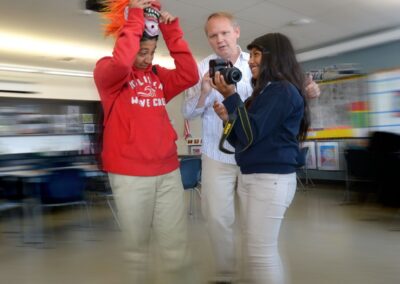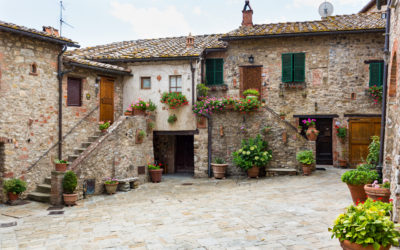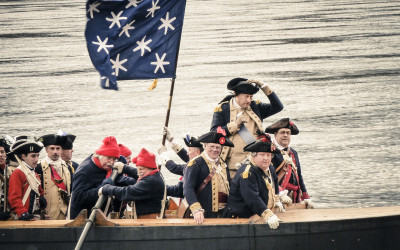A Day in a Los Angeles Middle School
While I was driving through South Central Los Angeles, about to teach a class in photography, I was wondering what to expect. I had never been to that school before.
The School
LAUSD Central Region Middle School #7
1420, East Adams Boulevard
Los Angeles, CA United States
Years ago, I gave a photography masterclass at the Newcomers High School in Queens, NY.
Thinking about that experience, I fondly remembered the engagement of the students and their hunger to learn.
As a means of visual communication and expression, photography has distinct aesthetic capabilities. One of the most important characteristics is immediacy. The essential elements of the image are usually established immediately at the time of exposure. This characteristic is unique to photography and sets it apart from other ways of picture-making.
The seemingly automatic recording of an image by photography has given the process a sense of authenticity shared by no other picture-making technique. The photograph possesses, in the popular mind, such apparent accuracy that the adage “the camera does not lie” has become an accepted, if erroneous, cliché. This understanding of photography’s supposed objectivity has dominated evaluations of its role in the arts.
In the early part of its history, photography was sometimes belittled as a mechanical art because of its dependence on technology. In truth, however, photography is not the automatic process that is implied by the use of a camera.
Although the camera usually limits the photographer to depicting existing objects rather than imaginary or interpretive views, the skilled photographer can introduce creativity into the mechanical reproduction process.
The most important control is, of course, the creative photographer’s vision. He or she chooses the vantage point and the exact moment of exposure. The photographer perceives the essential qualities of the subject and interprets them according to his or her judgment, taste, and involvement.
An effective photograph can disseminate information about humanity and nature, record the visible world, and extend human knowledge and understanding. For all these reasons, photography has aptly been called the most important invention since the printing press.

Other Articles
Other
Bella Toscana: La natura può più dell’arte
Nature is beyond all teaching. Renowned for its art, history, and evocative landscape, Tuscany is a region where the past and present merge in pleasant harmony. Hill-towns gaze across the countryside from on high, many encircled by Etruscan walls and slender...
Mount Rushmore: Presidential Profiles
Mount Rushmore, located just north of Custer State Park in South Dakota’s Black Hills National Forest, was named for the New York lawyer Charles Rushmore, who traveled to the Black Hills in 1884 to inspect mining claims in the region.When Rushmore asked a local man...
Washington’s Crossing
Every year on Christmas Day, fellow citizens from around the country come to Bucks County, PA to watch several hundred reenactors clad in Continental military dress reliving the historic event of Washington's Crossing of the Delaware River at Christmas night in 1776....

